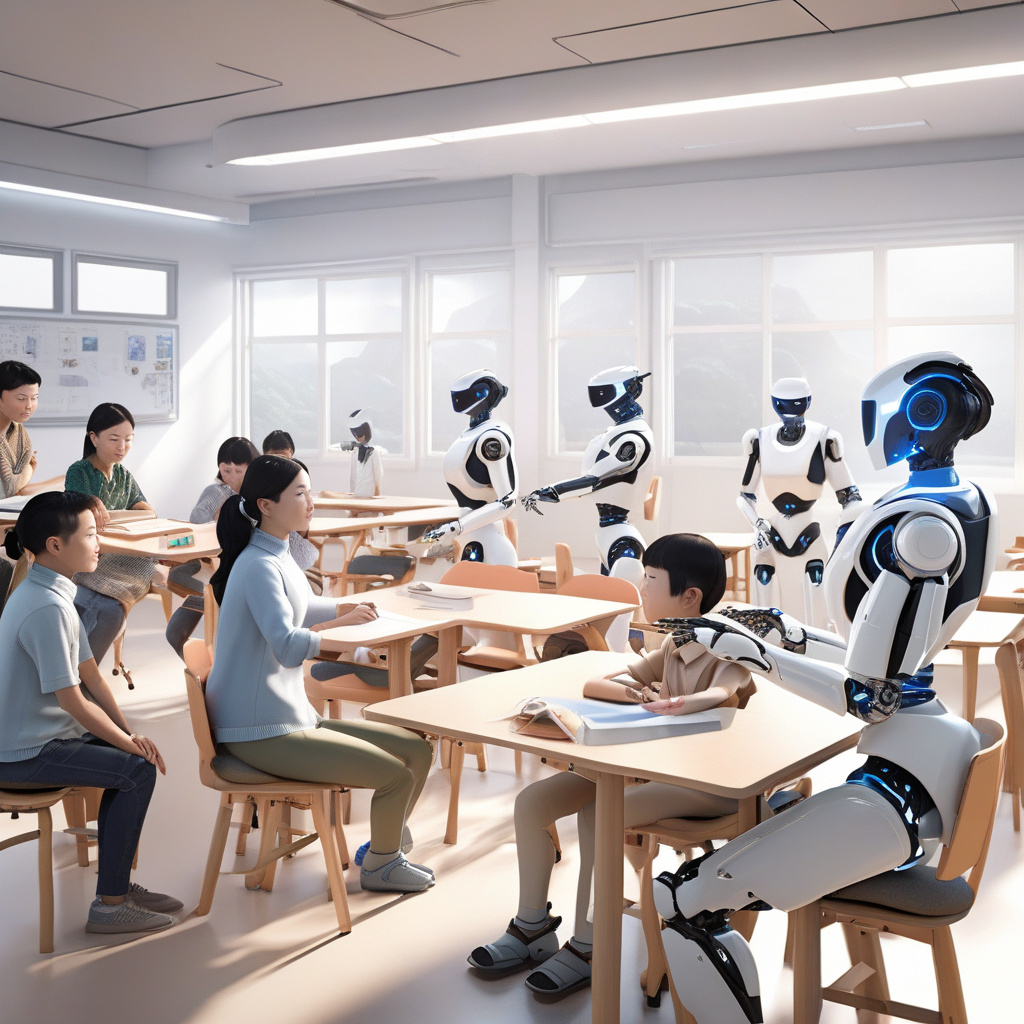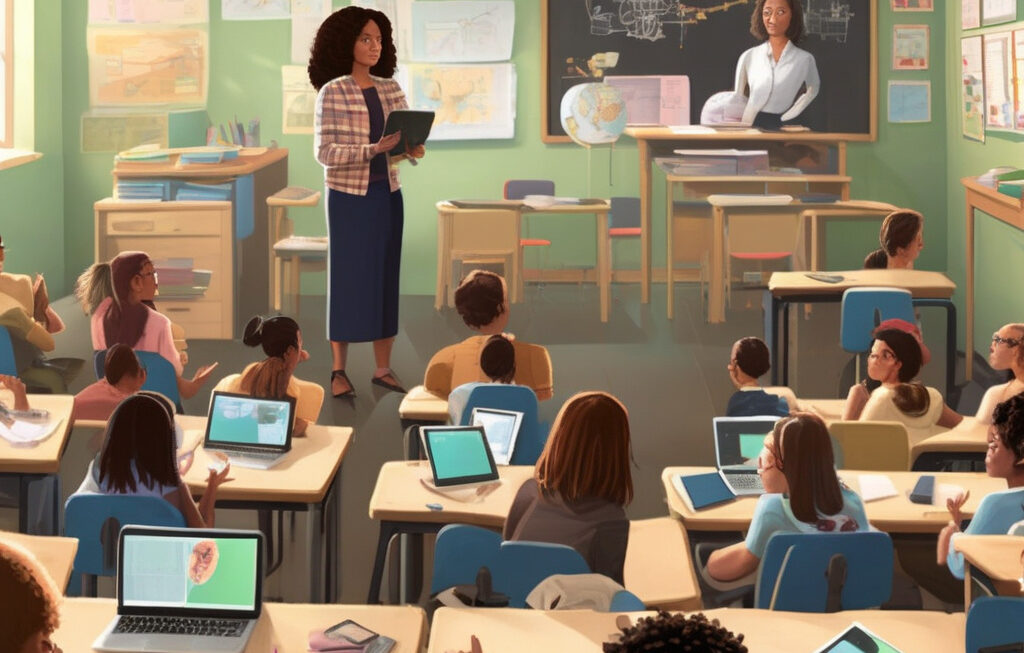At China’s Robot School, Machines Learn Like Humans, Teacher Uses VR Headset
A specialized training facility in China has taken on its first cohort of ‘robot students’. These students aren’t your typical flesh-and-blood learners; they are cutting-edge machines designed to mimic human behavior and intelligence. At the forefront of artificial intelligence and robotics, this robot school is pioneering a new way of teaching and learning that blurs the lines between man and machine.
Located in the bustling city of Shenzhen, known as China’s Silicon Valley, this innovative school is equipped with state-of-the-art technology and tools to educate robots in a human-like manner. The curriculum is tailored to teach these machines various skills, from language processing to problem-solving, in a way that mirrors how humans learn. By combining traditional teaching methods with the latest advancements in artificial intelligence, the school aims to create robots that can adapt and learn independently, much like their human counterparts.
One of the most fascinating aspects of this robot school is the role of the teacher. Instead of a human instructor, the students are guided by a virtual reality (VR) headset worn by a designated teacher. This VR teacher not only imparts knowledge to the robots but also monitors their progress and provides feedback in real-time. Through this immersive experience, the robots are able to interact with their environment and learn from their mistakes, much like how humans learn through trial and error.
The use of VR technology in teaching robots is a testament to the school’s commitment to innovation and pushing the boundaries of traditional education. By leveraging VR, the school creates a dynamic and engaging learning environment that is crucial for the development of intelligent machines. This hands-on approach allows the robots to not only acquire new skills but also refine them through continuous practice and feedback.
Furthermore, the school’s emphasis on teaching robots to learn like humans has far-reaching implications for the future of artificial intelligence. By understanding and replicating the complexities of human learning, these robots have the potential to revolutionize various industries, from healthcare to manufacturing. Imagine robots that can understand and respond to human emotions, or autonomous machines that can adapt to new situations on the fly. The possibilities are endless.
As the first cohort of robot students progresses through their training, the world is watching with anticipation to see what they will achieve. Will they surpass human intelligence? Will they revolutionize the way we live and work? Only time will tell, but one thing is certain: the future is here, and it’s being shaped by the minds behind China’s robot school.
In conclusion, China’s robot school represents a bold step into the future of education and artificial intelligence. By teaching machines to learn like humans and utilizing cutting-edge technology such as VR, this school is at the forefront of innovation in robotics. As we witness the evolution of these robot students, one thing is clear – the line between man and machine is becoming increasingly blurred, ushering in a new era of possibilities.
robot school, artificial intelligence, robotics, VR technology, future of education










